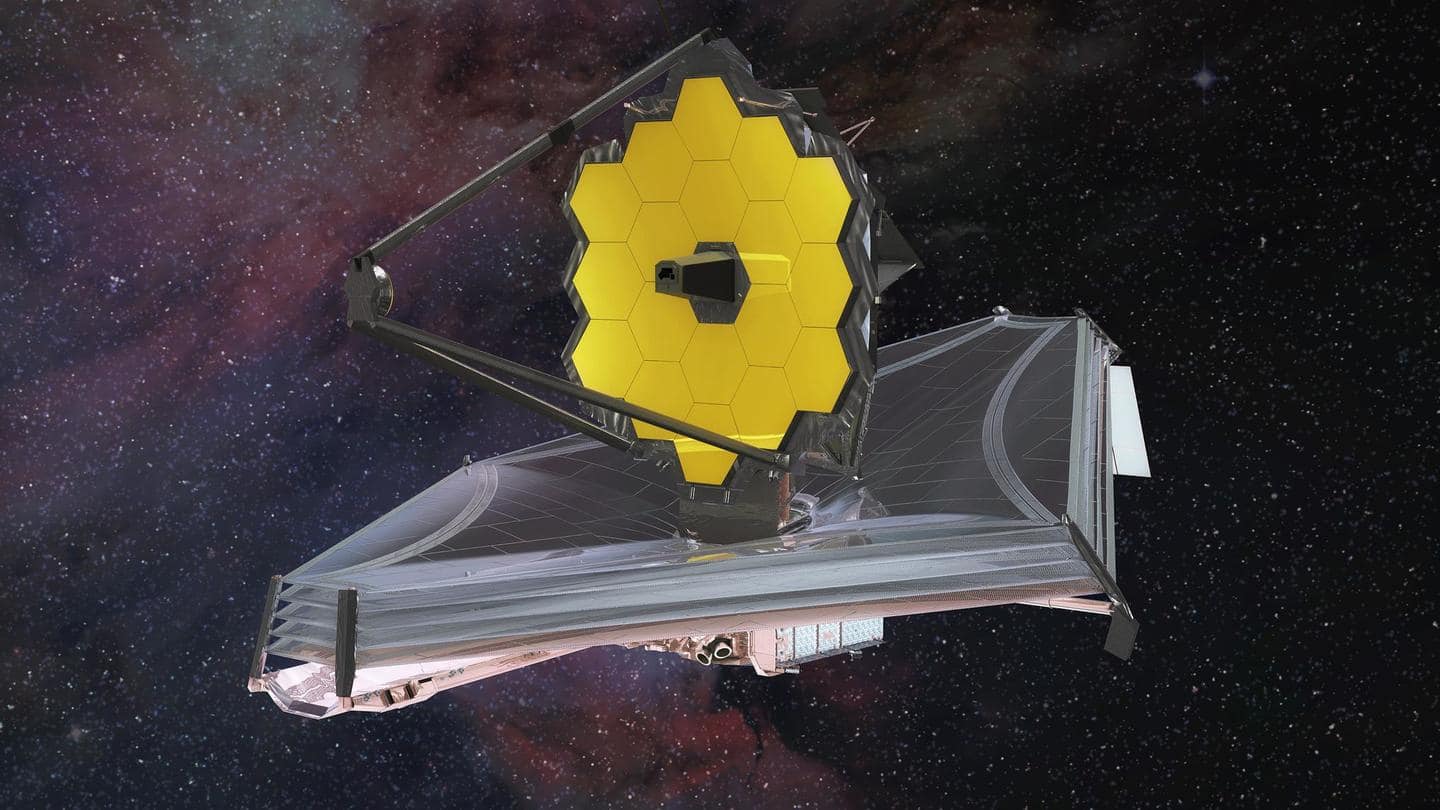
NASA to reveal James Webb Space Telescope's first pictures soon!
What's the story
The National Aeronautics and Space Administration (NASA) has announced that it will reveal the first pictures clicked by the James Webb Space Telescope on July 12.
Among the images from the deep-space observatory will be the "deepest image of our Universe that has ever been taken."
The agency will also share the spectroscopy of a faraway exoplanet with the public on the same day.
Context
Why does this story matter?
NASA will release up to 20 images at 10:30am EDT (8:00pm IST) on July 12, including a picture with a greater resolution than Hubble's Ultra Deep Field survey, captured two decades back. The latter shows roughly 10,000 galaxies.
The James Webb telescope will be used to observe the earliest stars/galaxies and study the composition of planets. Our concept of the Universe will be challenged.
Twitter Post
Here's a look at the announcement
Get your game plan ready for the reveal of Webb's first images on July 12! 🙌
— NASA Webb Telescope (@NASAWebb) July 1, 2022
Find out how you can watch our broadcast, view the spectacular images, and participate in this historic event to #UnfoldTheUniverse: https://t.co/LNpF9aAIBT pic.twitter.com/MrWELG21s1
Details
A brief look at the James Webb Space Telescope
James Webb Space Telescope was built at a cost of $10B and launched last December. It orbits the Sun, 1.5 million kilometers away from Earth.
The observatory has a huge primary mirror (6.5-meter diameter) and instruments that can see in infrared.
Our current cosmological observations date to 330 million years after the Big Bang and James Webb's capabilities should easily break this record.
Long life
The space observatory might be active for 20 years
Deputy Administrator at NASA, Pam Melroy, said that James Webb Space Telescope might stay operational for two decades. This will be double its originally estimated lifespan.
"Not only will those 20 years allow us to go deeper into history, and time, but we will go deeper into science because we have the opportunity to learn and grow and make new observations," she added.
Science
Spectroscopy helps in identifying a planet's characteristics
On the other hand, NASA will share the spectroscopy of an exoplanet on July 12. However, we do not yet know which faraway planet the agency is talking about.
Using spectroscopy, scientists can analyze the chemical and molecular composition of distant objects in space.
The planetary spectrum helps in identifying the characteristics of its atmosphere and other properties such as the presence of water.